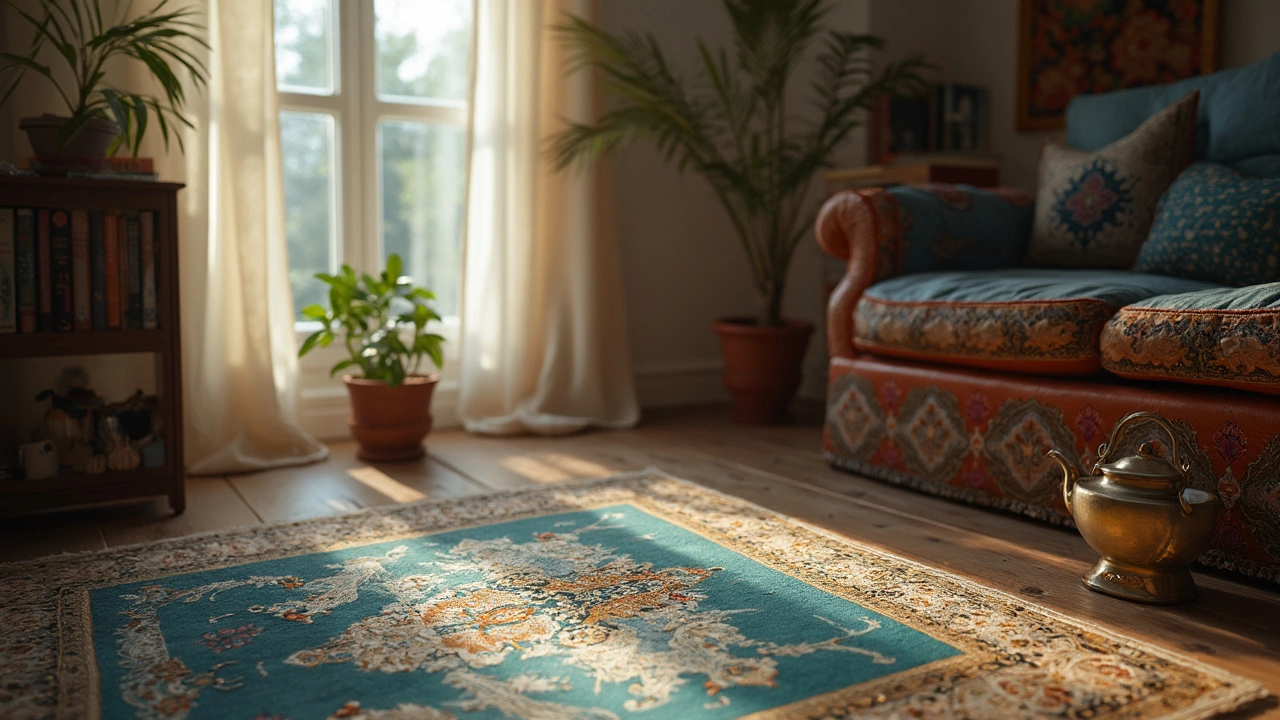Muslim Prayer Rug: Eco‑Friendly Choices & Care Tips
Looking for a prayer rug that respects your faith and the planet? You don’t have to sacrifice comfort or style to go green. In this guide we’ll walk through the materials that make a rug eco‑friendly, how to pick the right size, and simple ways to keep it fresh for years.
What makes a prayer rug eco‑friendly?
Most prayer rugs are made from cotton, wool, or synthetic fibres. Eco‑friendly versions usually use organic cotton or responsibly sourced wool. These fibres avoid harmful chemicals, use less water, and support farmers who follow better land practices. Some brands even use recycled polyester made from plastic bottles – a win for waste reduction.
Choosing the right size and design
Size matters because a rug that’s too small forces you to shift during prayer, while one that’s too big can crowd a small room. Measure the space where you pray, then add a few inches on each side for a comfortable border. Design-wise, look for simple patterns that won’t clash with your décor. Many eco‑friendly rugs come in neutral shades that blend with any room, plus they’re often dyed with low‑impact, plant‑based colourants.
If you’re shopping online, check the product page for certifications like GOTS (Global Organic Textile Standard) or OEKO‑Tex. Those stamps guarantee the fibres meet strict environmental and health standards.
Another tip: buy a rug that can be rolled up without damage. A flexible backing allows you to store it neatly when you travel for Ramadan or Eid, and it reduces the need for a separate travel prayer mat.
Now that you know what to look for, let’s talk about caring for your rug so it stays in good shape.
Easy care routine
Most organic cotton rugs can be spot‑cleaned with a mild soap and water mix. For deeper cleaning, hand‑wash in cool water or use a gentle cycle on your washing machine – just make sure the label says it’s machine safe. Avoid bleach or harsh detergents; they can break down natural fibres and strip colour.
Dry the rug flat or hang it in the shade. Direct sunlight can fade plant‑based dyes, and tumble drying may shrink the fibres. If you notice a lingering odour, sprinkle a little baking soda, let it sit for 30 minutes, then vacuum it off.
Regular vacuuming keeps dust from building up in the weave, which can cause wear over time. Use a low‑suction setting or a brush attachment to avoid pulling the rug loose.
Finally, rotate the rug every few weeks. This spreads out the wear and keeps the prayer area looking even.
Choosing an eco‑friendly Muslim prayer rug doesn’t have to be hard. Focus on organic or recycled materials, pick a size that fits your space, and follow a simple cleaning routine. You’ll end up with a beautiful, sustainable piece that supports your worship and the environment alike.
-

What Do Muslims Call the Rug? Your Guide to Prayer Rugs
Ever wondered what Muslims call that special rug they use for prayer? This article will tell you its proper name, explain why it matters, and clear up some common myths. You'll learn what makes it different from regular rugs and how it's used in daily life. Get handy tips for buying and caring for one if you're curious or need one yourself. Plus, discover a few facts you probably didn’t expect.
